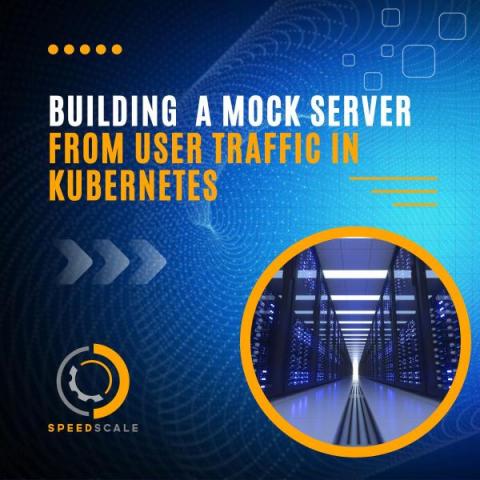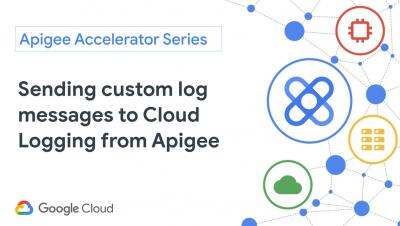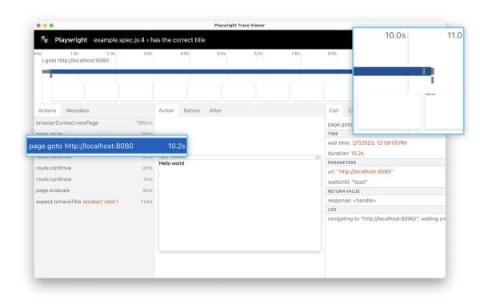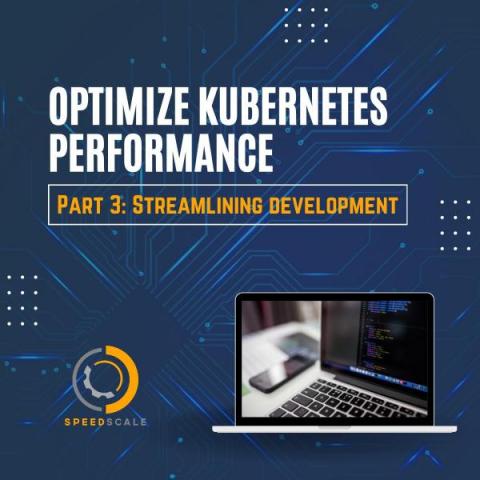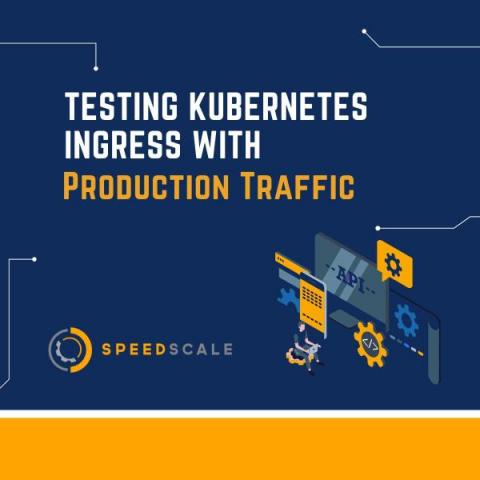Operations | Monitoring | ITSM | DevOps | Cloud
API
The latest News and Information on API Development, Management, Monitoring, and related technologies.
Zenduty - Tutorial 15 - Zenduty API and Postman Collections
Building a Mock Server from User Traffic in Kubernetes
Sending custom log messages to Cloud Logging from Apigee
The new Era of Monitoring as Code
Using Playwright to Monitor Third-Party Resources That Could Impact User Experience
Today’s web consists of lots of 3rd party resources. Let it be your fonts, transformed and optimized media assets, or analytics and ad scripts, many sites out there include resources that they don’t own. Your website probably has a lot of those dependencies, too! And while implementing third-party resources has downsides for performance and you should self-host your assets when possible, sometimes relying on external files is unavoidable.
Optimize Kubernetes Performance Part 3: Streamlining Development
What Is GraphQL? A Simplified Overview of Use and Benefits
Testing Kubernetes Ingress with Production Traffic
How Kizen Reduced Production Challenges While Saving 20% in Engineering Hours With Synthetic Monitoring
Using Checkly’s Playwright Test and GitHub sync integration helped Kizen optimize testing and monitoring workflows Kizen is a no-code, enterprise-grade Predictive Innovation Engine that enables sales, marketing, and operations teams to save time and drive higher revenues and profitability. Their product portfolio includes a flexible customer relationship manager (ƒCRM), operations cloud, automation engine, and a predictive data platform.




